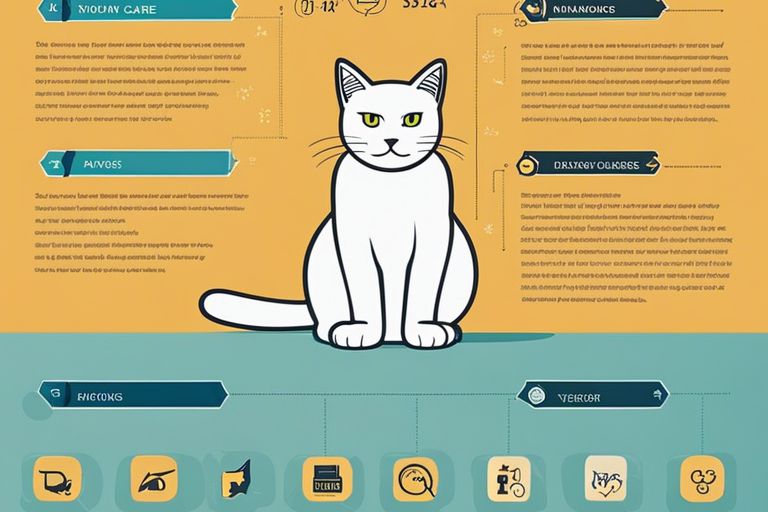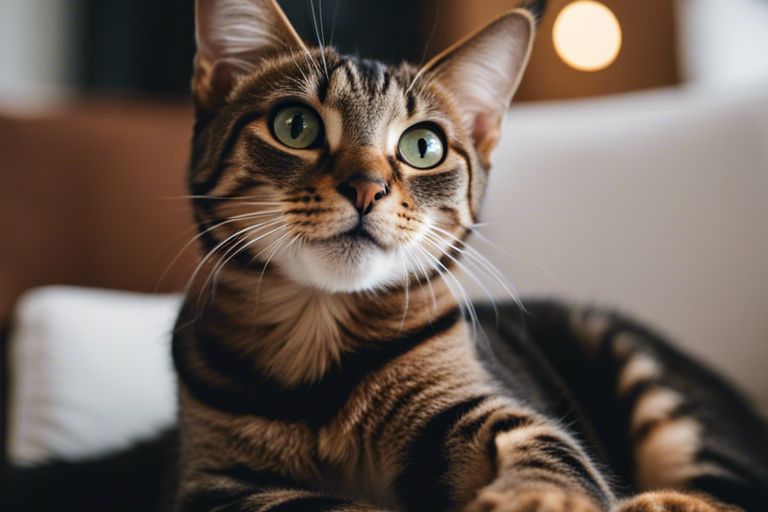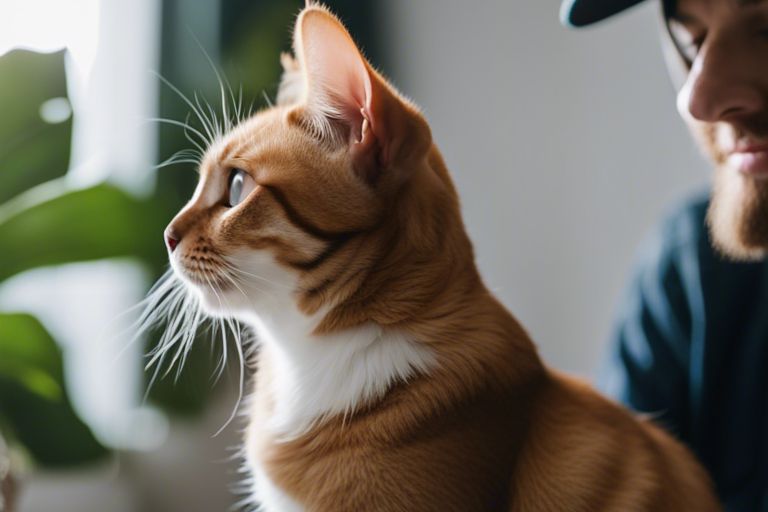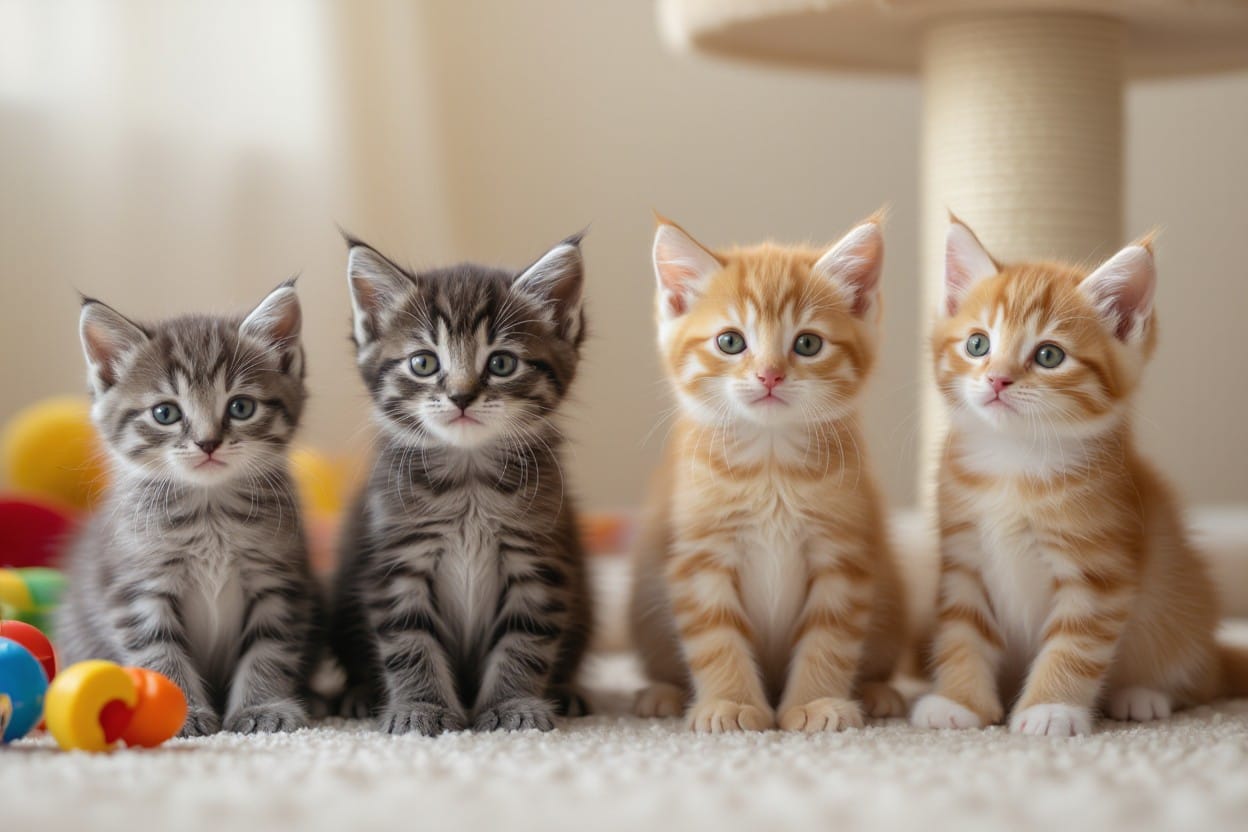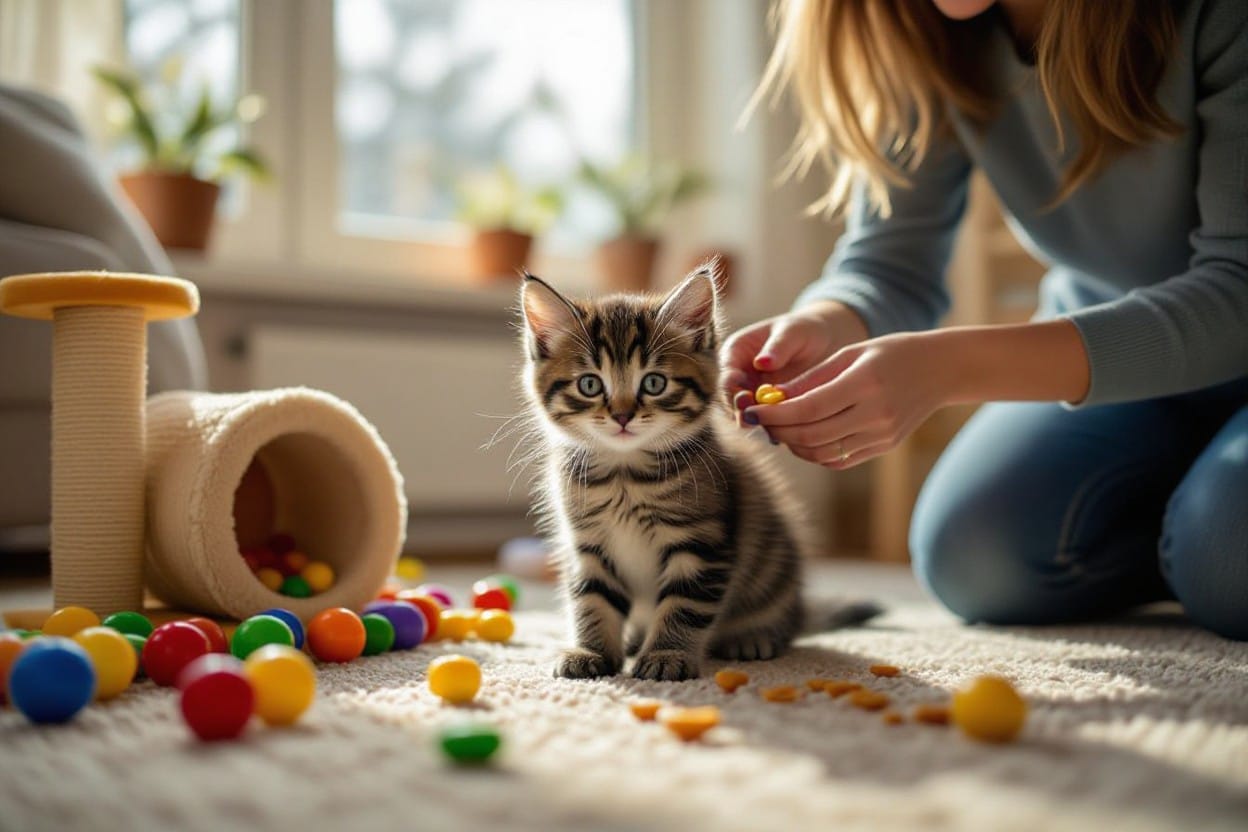Understanding the behavior and body language of kittens is important for any cat owner or enthusiast. Kittens communicate through a variety of cues and signals that can give insight into their feelings and needs. By learning to interpret these signals, you can better understand your furry feline companion and strengthen your bond with them.
From tail flicks to ear positions, kittens have a language all their own. In this blog post, we will explore common kitten behaviors and body language cues to help you decipher what your kitten is trying to tell you. By enhancing your knowledge of kitten communication, you can provide better care and create a harmonious relationship with your cute and cuddly pet.
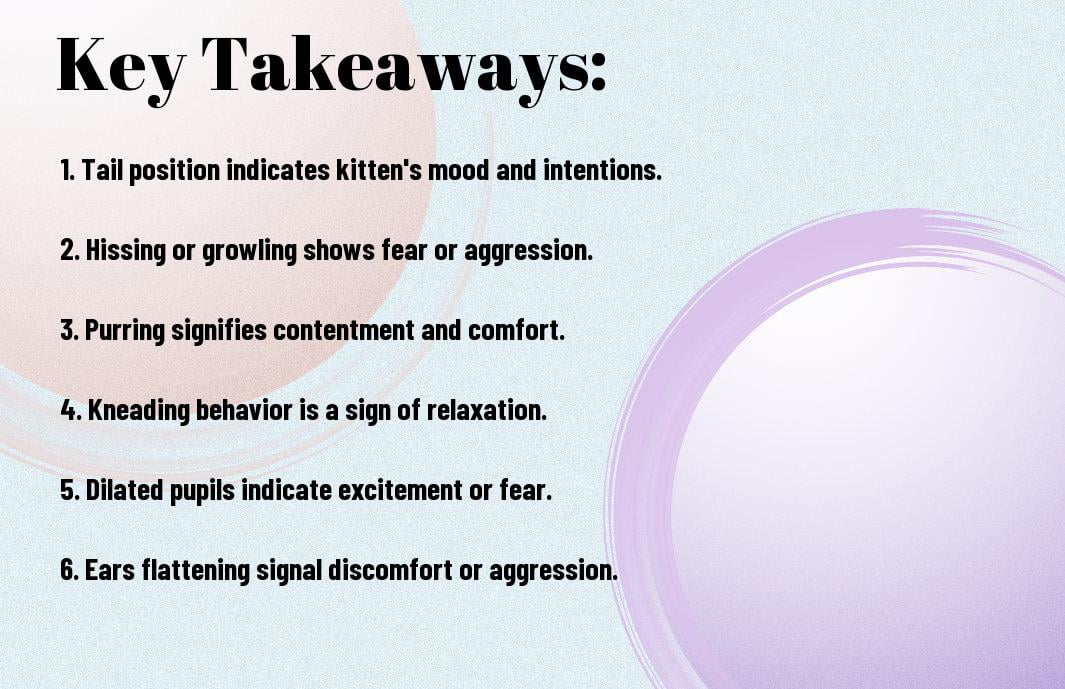
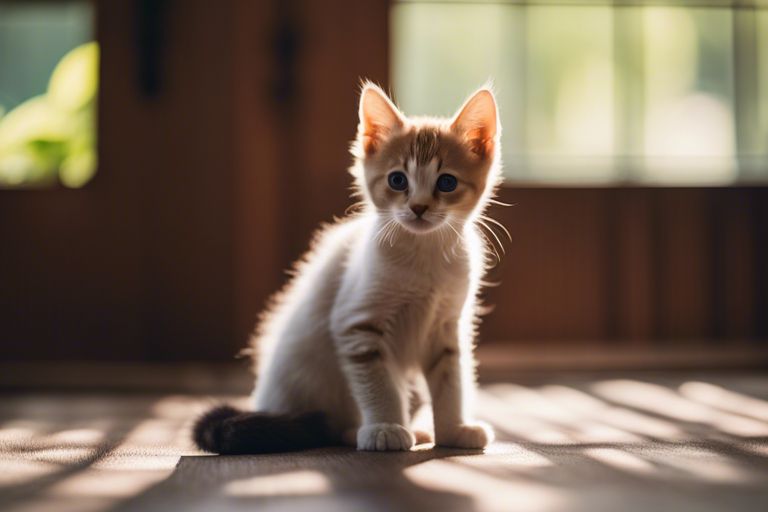
The Basics of Kitten Behavior
Instinctual Behaviors in Kittens
To understand kitten behavior, it’s important to recognize the instinctual behaviors that are inherent in these young felines. Kittens are born with natural survival instincts that drive their behavior from a young age. This includes behaviors such as hunting, grooming, and marking their territory. These instinctual behaviors are crucial for their development and overall well-being.
The Social Behavior of Young Cats
Young cats exhibit a range of social behaviors that are fundamental to their interactions with both humans and other animals. From a young age, kittens learn how to communicate using body language, vocalizations, and scent marking. They engage in play to develop their social skills, establish hierarchy, and learn important hunting techniques. Understanding these social behaviors is key to building a strong bond with your kitten and providing them with a nurturing environment.
With proper socialization and positive reinforcement, kittens can grow into well-adjusted adult cats that exhibit healthy social behaviors. It’s important to provide opportunities for social interaction, play, and exploration to help kittens develop into confident and well-rounded cats. By observing and responding to their social cues, you can ensure a harmonious relationship with your feline companion.
Key Elements of Kitten Body Language
Facial Expressions and Ear Positions
Any experienced cat owner knows that a kitten’s facial expressions and ear positions can provide valuable insights into their mood and intentions. Elements like dilated pupils, flattened ears, and whiskers pulled back indicate fear, aggression, or stress. On the other hand, a relaxed face with ears perked up and forward signals contentment and curiosity. Understanding these cues can help you better communicate and bond with your kitten.
The Tail as a Mood Indicator
Language plays a significant role in feline communication, and the tail is a crucial indicator of a kitten’s mood. A raised tail with a gentle curve at the tip suggests a friendly and approachable demeanor. Conversely, a puffed-up tail indicates fear or agitation. Observing the position and movement of your kitten’s tail can provide you with valuable information about their emotional state.
Facial expressions, along with ear and tail positions, form a comprehensive language that kittens use to express themselves and interact with their environment. By paying attention to these subtle cues, you can gain a deeper understanding of your kitten’s thoughts and feelings.
Posture and Movement Cues
Indicators such as the posture and movement of a kitten can also reveal a great deal about their mood and intentions. A crouched or tense body posture often signifies fear or defensiveness, while a relaxed and open stance indicates comfort and confidence. Pay attention to how your kitten moves and positions their body to better interpret their emotions and behavior.
Understanding these subtle expressions and body language cues is imperative for building a strong bond with your kitten and ensuring their well-being. By taking the time to observe and interpret these signals, you can communicate effectively with your feline friend and provide them with the care and attention they need.
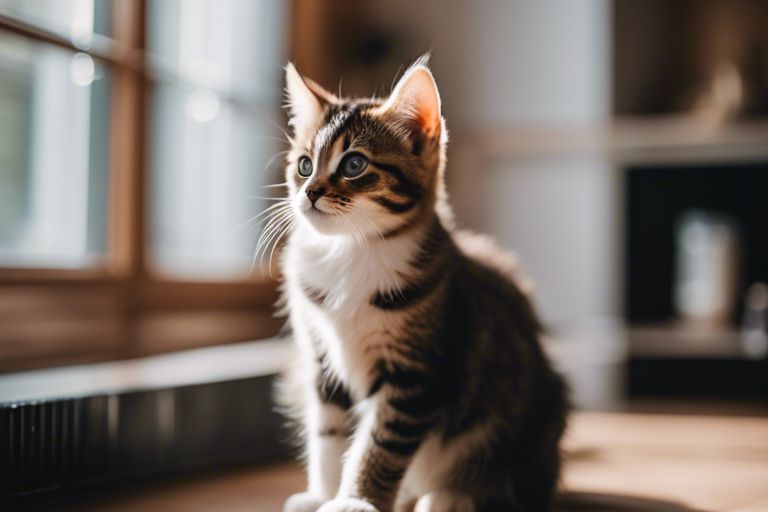
Vocalizations and What They Mean
Meowing and Its Variations
To understand your kitten better, it’s crucial to pay attention to their meowing and its variations. Cats, especially kittens, use meowing as a way to communicate with humans. A kitten’s meow can vary in pitch, duration, and intensity, all of which can convey different messages. From the subtle “mew” to the loud and persistent “yowl,” each meow can provide clues about your kitten’s needs and emotions.
Purring, Hissing, and Other Sounds
With purring, hissing, and other vocalizations, kittens express a range of emotions beyond just communication with humans. Purring is often associated with contentment and relaxation, but kittens may also purr when they are stressed or in pain. Hissing, on the other hand, is a defensive sound that kittens use to show fear or aggression. Understanding these various sounds can help you decipher your kitten’s mood and respond appropriately to their needs.
Purring, hissing, and other sounds are crucial components of your kitten’s communication repertoire. By paying attention to these vocal cues, you can deepen your bond with your kitten and ensure their well-being and happiness. It’s crucial to observe your kitten’s body language along with their vocalizations to get a more complete understanding of how they are feeling and what they might need from you.
Interpreting Play and Interaction
Now, let’s probe into the fascinating world of kitten behavior and body language, specifically focusing on play and interaction. By understanding how kittens play and interact with their environment and peers, we can gain valuable insights into their thoughts and emotions.
Understanding Playful Aggression
An necessary aspect of kitten behavior is playful aggression, which is a common form of interaction among kittens. Playful aggression may involve biting, swatting, and wrestling with littermates or human companions. While these behaviors may seem rough, they are usually harmless and serve as a way for kittens to practice hunting skills and establish social hierarchies within their group. It is important for kitten owners to recognize the difference between playful aggression and true aggression to ensure a safe and enjoyable playtime for both the kitten and the human involved.
Social Play vs. Predatory Behavior
An understanding of the distinction between social play and predatory behavior is crucial for interpreting a kitten’s actions accurately. Social play involves friendly interactions such as chasing, pouncing, and grooming between kittens or between a kitten and its human companion. On the other hand, predatory behavior is characterized by stalking, hunting, and capturing prey-like movements. By observing a kitten’s body language and the context of the behavior, we can determine whether it is engaging in social play or displaying predatory instincts.
Interaction between kittens can vary greatly depending on the situation and the individual personalities of the kittens involved. It is vital for kitten owners to supervise play sessions and provide appropriate toys and outlets for their kitten’s energy to ensure that interactions remain positive and safe.
Playful behavior is a natural part of a kitten’s development, and by understanding the nuances of playful aggression and social play, we can better communicate and bond with our feline companions.
Common Behavioral Issues and Solutions
Litter Box Problems
With proper litter box training, most kittens will quickly adapt to using their litter box without any issues. However, some kittens may develop problems such as avoiding the litter box, going outside the box, or refusing to use it altogether. These issues can be frustrating for cat owners, but they can be resolved with patience and understanding.
Scratching and Biting
The behavior of scratching and biting is natural for kittens as they explore their environment and play. However, if not addressed early on, these behaviors can become problematic as the kitten grows older. Scratching can cause damage to furniture and other items in the home, while biting can lead to injuries, especially to children or elderly family members.
Solutions to these behavioral issues involve providing appropriate outlets for your kitten’s natural instincts. For scratching, ensure your kitten has access to scratching posts or pads in various locations around the home. Encourage your kitten to use these by applying catnip or dangling toys to engage their interest. For biting, redirect your kitten’s attention to suitable toys or interactive play to encourage gentler behavior and prevent nipping or biting during play.
Training and Socializing Your Kitten
Using Positive Reinforcement
Not only is it important to train your kitten, but it’s also crucial to do so in a positive and supportive way. Using positive reinforcement is key to encouraging good behavior in your furry friend. This means rewarding your kitten with treats, toys, or praise when they exhibit the desired behavior. Positive reinforcement helps your kitten associate good behavior with positive outcomes, making them more likely to repeat that behavior in the future.
The Importance of Early Socialization
Socializing your kitten from a young age is imperative for their overall well-being and behavior. Early socialization helps kittens become more comfortable and confident in various situations and environments. Exposing them to different people, animals, and experiences early on can help prevent fearfulness, aggression, or shyness as they grow older.
Positive
To ensure a well-adjusted and happy kitten, it is crucial to prioritize early socialization. Building positive experiences with various stimuli will help your kitten grow into a confident and well-rounded cat. Recall, a well-socialized kitten is more likely to form strong bonds with their human family members and integrate well into the household.
To wrap up
Presently, having a grasp of kitten behavior and body language is imperative for any cat owner. By understanding the various cues and signals that kittens display, we can better meet their needs and communicate with them effectively. Paying attention to their body language can help prevent misunderstandings and strengthen the bond between humans and their feline companions. Keep in mind, each kitten is unique, so it’s crucial to spend time observing and getting to know your individual kitten to build a strong and trusting relationship.
FAQ
Q: What are some common kitten behaviors to look out for?
A: Common kitten behaviors include kneading, purring, grooming, playfulness, and hunting instincts. These behaviors are natural and important for a kitten’s development.
Q: How can I tell if my kitten is stressed or anxious?
A: Signs of stress or anxiety in kittens can include excessive hiding, aggressive behavior, diarrhea, excessive grooming, or loss of appetite. It’s important to address these signs and provide a calming environment for your kitten.
Q: What does it mean when a kitten flicks its tail?
A: When a kitten flicks its tail rapidly, it usually indicates agitation or aggression. It’s important to give the kitten space and not provoke any further stress in such situations.
Q: How can I communicate effectively with my kitten through body language?
A: To communicate effectively with your kitten through body language, observe its ears, tail, eyes, and overall posture. For example, dilated pupils can signal excitement or fear, while flattened ears may indicate aggression or discomfort.
Q: How can I help my kitten adjust to a new environment?
A: To help your kitten adjust to a new environment, create a safe and quiet space for it to explore gradually. Provide familiar scents, toys, and bedding to help ease the transition. Be patient and give your kitten time to adapt at its own pace.

